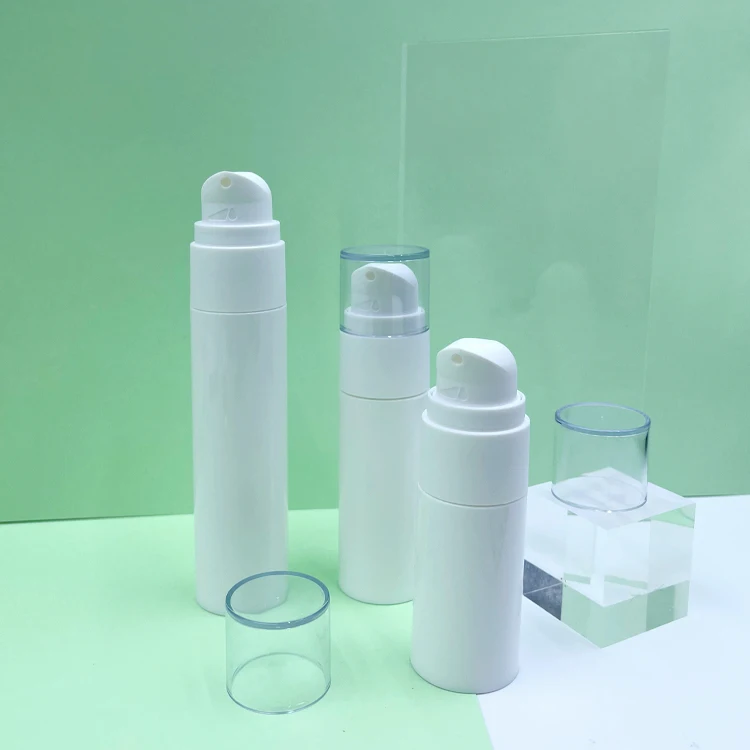On this package rests the entire science of beauty industry. It is more than a home for your cosmetic - it has the history of your brand inside, boosts consumer behavior and helps save mother earth. With consumer desires changing, right along with technological advances and environmental concerns across the world - many packaging materials are shifting for companies in cosmetics. We examine five of these dirtying elements to further understand where cosmetic packaging material is at and its direction -- eco-responsible inclinations, strength care circles raid shaping trends that affect ratify image, high-profile dressing appeal governing regions.
Relay Play: High Profits Vs Sustainable, Eco-Friendly... hit the cosmetic packaging business hard as key stakeholders were to be replaced with sustainable materials.
So beyond a trend, it has been imposed the sustainability in cosmetic packaging. Now that brands are moving into eco friendly push and demand, now bioplastic is commonly used which make from renewable resourses such as corn starch or sugarcane. These materials may have much lower carbon footprints than conventional plastics. Glass has become the timeless material that seems to be making a big comeback from recycled recyclability and keeping product integrity intact. Equally, paper-based packaging solutions including molded fiber and FSC-certified cardboard provide lightweight options that are compostable as well responsibly sourced from sustainable forests. It is not only satisfying consumer needs for greener options, but also reducing the environmental burden of this industry on our planet.
Part 1 - A Comprehensive Guide To Cosmetics Packaging Durability
As demonstrated above, when it comes to cosmetic packaging durability is an essential criterium as this has a direct effect on the consumer experience and helps reduce waste due to damaged products. Thanks to the higher quality feel compared with PET (polyethylene terephthalate), PP polypropylene) or also cheaper durability, glass would be an attractive alternative despite the costs and susceptibility of cracking. Metal, aluminum in particular and you get lightweight but poor corrosion resistance and longevity. Continuing with the eco-friendly trend, we are also seeing more advanced composites and coatings that do not compromise their green credentials but add durability. We will also break down the trade-offs of these materials and how brands can strike a balance between functionality aesthetics, and sustainability.
The development of cosmetics packaging industry deducing the novel materials
In the ongoing journey of innovation, futuristic materials have been developed which is going to replace age-old cosmetic packaging. The plays packaging too is done intelligently integrating technologies like QR codes, NFC tags (seamlessly embedded in printed materials) or sensors - promoting consumer activation and user experience with product information pertinent to skincare authentication, personalized advice etc. So many of the chemicals and processes we are using to produce plastics and packaging that have contributed significantly leakage into our environment could, in a far more natural way than hoped for by Green Chemistry advocates 20 years ago already (as not even they were expecting such resurgence), simply biodegrade themselves back to their origins as part-of-nature had or may yet be formulated from Algae-based or other microorganism-centric pathways. Simply put, flexible films and pouches reduce material use (packaging lightweighting), freight costs to transport materials from one factory to another, while also improving product safety for the mills that are packaged in these substrates. Such advances going beyond just meeting utility demands and actually anticipating these or respond to the needs of users as they do change their behaviors due to ecological concerns.
Also, most importantly its the way that medicine is packaged -which could easily generate a doubt on one's mind,on choosing this brand when compared to others. One of the biggest elements in consumer decision-making that brands depend on is known as brand image, or the impression buyers have of a product. As a result, sourcing sustainable packaging materials may enhance the public perception of brands when it comes to their business practices and efforts towards improved sustainability. This is important for a couple of reasons - partially because we're all trying to live sustainable life as fashion forward people, and also because society is starting to get very aggressive towards environmentally harmful brands. On the other hand, brands who using non-recyclable stuff and producing excess packaging will always in a catena of coping playing with manufacturers or market. Packaging graphic design, packaging power and quality also add to the brand influence. E.g. glimmering glass, perhaps metal - speak of exclusivity and cleanliness through the symbols of brand or product, function in a clean way while simultaneously touching ecology as natural care for oneself So the selection of packaging material is message as well and let me present to you one evolved form, - visual rhetoric that a product declares brand worth by whispers in most likely international english-flavored context.
In conclusion, the skin care industry is changing fast enough to look different from around but also use material determined functional requirements and environmental conformity as well brand story-telling. Brands can do so by partially embracing green materials, increasing durability options using the said new or lesser known technology/technique while still carefully constructing their brand image which will allow a much smoother migration towards more responsible consumption--as consumers also growly increasingly concerned with what we are doing to our only planet. Ultimately, as we anticipate the successes of tomorrow - packing solutions will merely amalgamate in to a colourful tapestry comprising form and function interspersed with sustainability reflecting an environment that is thriving.

